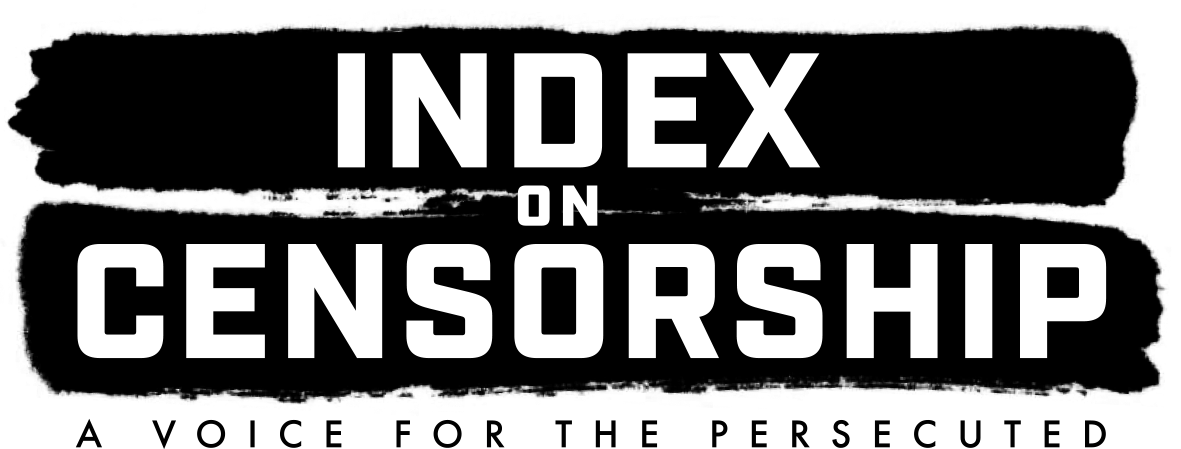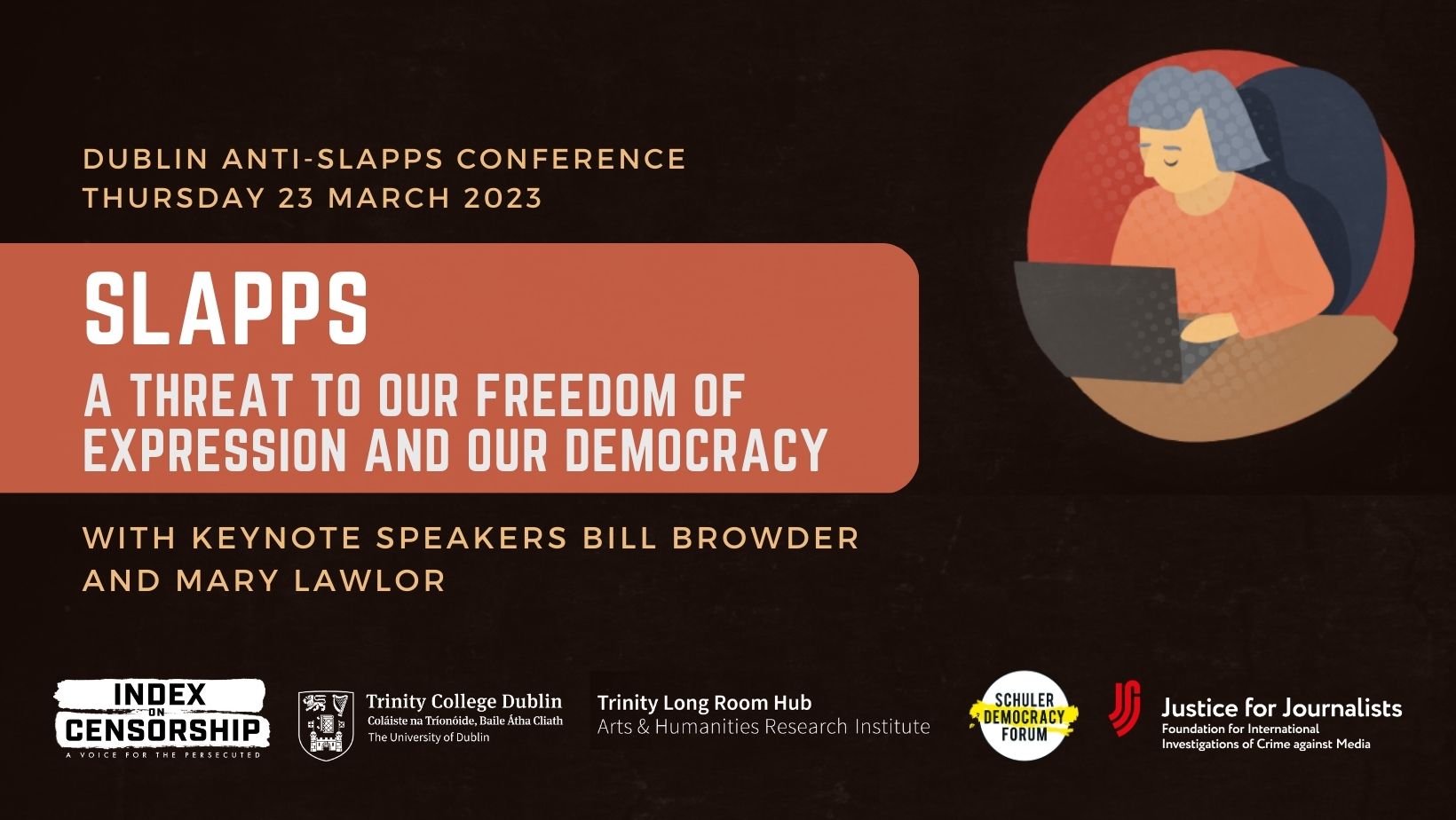[vc_row][vc_column][vc_row_inner][vc_column_inner][vc_custom_heading text=”Join Index on Censorship CEO Jodie Ginsberg at this year’s Battle of Ideas. She’ll be participating in two sessions exploring the cultural legacy of 1968 and the trivialisation of legislation.” use_theme_fonts=”yes”][/vc_column_inner][/vc_row_inner][vc_custom_heading text=”Creating new crimes: The trivialisation of legislation? | When: Saturday, 13 October, 2:00-3:30pm | Where: Barbican Centre, Cinema 3 ” font_container=”tag:h3|text_align:left” use_theme_fonts=”yes”][vc_column_text]
What is the proper role of the law today? Are we creating too many new laws? With limited police resources, are such laws even enforceable? Are we devoting too many resources to politically fashionable laws at the expense of tackling traditional crime – and traditional freedoms?
[/vc_column_text][/vc_column][/vc_row][vc_row content_placement=”top”][vc_column width=”1/5″][vc_single_image image=”102802″ img_size=”full” add_caption=”yes”][/vc_column][vc_column width=”1/5″][vc_single_image image=”102221″ img_size=”full” add_caption=”yes”][/vc_column][vc_column width=”1/5″][vc_single_image image=”102803″ img_size=”full” add_caption=”yes”][/vc_column][vc_column width=”1/5″][vc_single_image image=”102804″ img_size=”full” add_caption=”yes”][/vc_column][vc_column width=”1/5″][vc_single_image image=”102805″ img_size=”full” add_caption=”yes”][/vc_column][/vc_row][vc_row][vc_column][vc_row_inner content_placement=”top”][vc_column_inner width=”1/4″][vc_custom_heading text=”Chair” font_container=”tag:h3|text_align:left” use_theme_fonts=”yes”][vc_single_image image=”102806″ img_size=”full” add_caption=”yes”][/vc_column_inner][vc_column_inner width=”3/4″][vc_single_image image=”102226″ img_size=”full” onclick=”custom_link” img_link_target=”_blank” link=”https://www.battleofideas.org.uk/battle-ideas-2018-tickets/”][/vc_column_inner][/vc_row_inner][vc_custom_heading text=”The cultural legacy of 1968 | When: Sunday, 14 October 4-5:15pm | Where: Barbican Centre, Cinema 3″ font_container=”tag:h3|text_align:left” use_theme_fonts=”yes”][vc_column_text]‘Pouvoir à l’Imagination’ – ‘Power to the Imagination’ – declared graffiti daubed on walls in Paris in May 1968. And while students and workers occupied universities and factories, and protesters hurled pavés at police, street art and impromptu theatrical performances became just as much a part of the political moment. In the UK and US, too, art and music helped pull protest into mainstream consciousness, with anti-war protests and demands for civil rights or sexual freedom accompanied by a bourgeoning musical soundtrack. Even Daniel ‘Danny the Red’ Cohn-Bendit, a central figure of the Paris Spring, claims that the 1960s revolt ‘was spurred by the idea of a counterculture, which was mainly carried via rock music’. As protests gathered pace from Rio to Washington to Berlin to Tokyo, conceptual art, films, poetry and plays were used to explore and disseminate new ideas. Jean-Luc Godard, then a Maoist, wanted his films to change the world. Why did culture play such a prominent role in the political turmoil of the late 1960s? And 50 years on, can art and music still forge social and political change?
Recently we’ve seen the mainstream popularity of ‘real time’ political theatre, artist-led drives to challenge Brexit, and campaigns such as #Grime4Corbyn. The 2018 Turner Prize shortlist was described as the most political to date, tackling human rights abuses, identity politics, colonialism and stop-and-search policies. Does this mean the radical cultural legacy of the 1960s is as alive as ever? Or has it simply become institutionalised, even neutered? After all, the Turner Prize is brought to us by those pillars of the establishment, Tate and BBC, and the fiftieth anniversary of Paris 1968 was marked by Christian Dior and Gucci launching celebratory collections and a ’68-themed ad campaign.
For some critics, brands and big money sponsorship are creating a generation of artists that play it safe rather than challenging conventional political worldviews and making us think. Others, such as writer Sohrab Ahmari, say a growing politicisation in art, especially around identity politics, is detracting from aesthetic concerns and values. At the Cannes Film Festival 2018, as actresses protested against gender-based discrimination in the industry, Godard remarked controversially that today ‘filming is boring, actors are too involved in politics’.
Godard’s generation used new techniques and technologies to circumvent traditional cultural custodians and gatekeepers. Is it too easy for artists today to claim the mantle of radicalism while conforming to well-established political and aesthetic expectations? Should we worry more that genuine dissent is increasingly locked out of the arts? Or was political art always a bit of a pose, concealing a lack of aesthetic substance?[/vc_column_text][/vc_column][/vc_row][vc_row content_placement=”top”][vc_column width=”1/4″][vc_single_image image=”102222″ img_size=”full” add_caption=”yes”][/vc_column][vc_column width=”1/4″][vc_single_image image=”102221″ img_size=”full” add_caption=”yes”][/vc_column][vc_column width=”1/4″][vc_single_image image=”102223″ img_size=”full” add_caption=”yes”][/vc_column][vc_column width=”1/4″][vc_single_image image=”102220″ img_size=”full” add_caption=”yes”][/vc_column][/vc_row][vc_row][vc_column][vc_row_inner content_placement=”top”][vc_column_inner width=”1/4″][vc_custom_heading text=”Chair” font_container=”tag:h3|text_align:left” use_theme_fonts=”yes”][vc_single_image image=”102219″ img_size=”full” add_caption=”yes”][/vc_column_inner][vc_column_inner width=”3/4″][vc_single_image image=”102226″ img_size=”full” onclick=”custom_link” img_link_target=”_blank” link=”https://www.battleofideas.org.uk/battle-ideas-2018-tickets/”][/vc_column_inner][/vc_row_inner][/vc_column][/vc_row]




